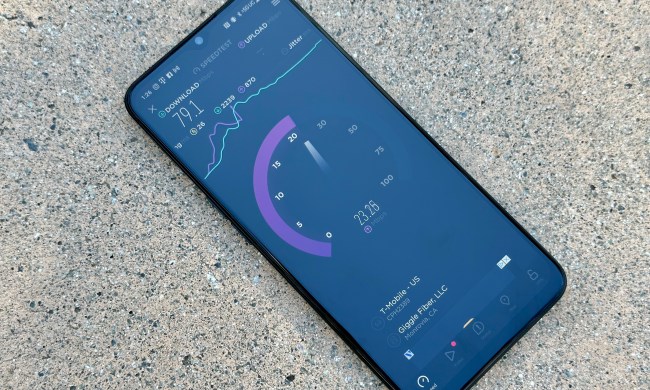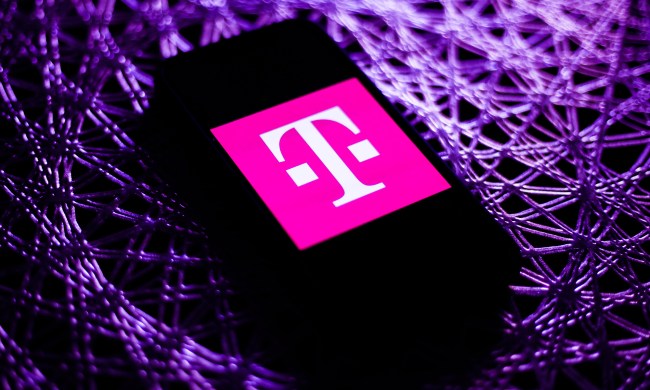Verizon may have been the first to start deploying actual 5G, but its network was small and spotty. T-Mobile was the first to an arguably much more important title — the first to launch nationwide 5G network coverage. And, along with that nationwide network, the company has also started deploying its 5G home internet service.
Unlike Verizon, T-Mobile was initially quiet about its 5G home internet service, and it would be easy not to have known that it even had one. But since then, the company has announced its availability to the public — and it will likely continue to roll out to more users over the next few years.
Interested in the T-Mobile 5G home internet service? Here’s everything you need to know. You can also check out the Verizon 5G home internet plan to compare.
T-Mobile 5G home internet plans

T-Mobile offers a range of mobile plans for all kinds of different users, but thankfully, its 5G home internet plans are a little simpler. There’s only one T-Mobile home internet plan right now.
T-Mobile is quick to point out a lot of perks for its home internet plan, which comes at $60 per month with auto pay or $65 without. Notably, the company says that users won’t experience price hikes, won’t have to pay for equipment, and won’t have to sign up for annual contracts. Now, to be clear, Verizon claims the same for its 5G home internet service — but it’s still nice to see. You’ll also get unlimited data on these home internet plans, so you won’t have to worry about hitting a data cap by streaming too much video.
The service relies on T-Mobile’s Internet Gateway, which can connect to local 5G and 4G LTE networks and beam out a Wi-Fi 6 connection for your home devices. That gateway can connect to a phone app, which allows you to manage your network, check your connection, and so on.
While $60 per month isn’t bad for those in an area with fast, reliable 5G connections, it’s a bit pricey if you’ll be limited to 4G LTE download speeds. In that event, it’s probably worth looking elsewhere for your home internet service.
T-Mobile 5G home internet plans
T-Mobile 5G home internet coverage
Of course, to sign up for the T-Mobile home internet plan, you’ll first need to be eligible for coverage. T-Mobile’s home internet service actually predates 5G — and as such, you don’t need to be in an area with 5G to get it. But you might want to be. We’ll get into speeds a little later, but it’s safe to say that a 4G LTE connection might not be fast enough for all your home devices, especially at $60 per month.

Currently, T-Mobile’s 5G home internet service is available to 30 million households, with 10 million of those being rural. If you’re interested, you can head to T-Mobile’s website to check if your address is eligible. The service is constantly expanding, too, so even if you’re not eligible yet, you may be soon.
T-Mobile 5G home internet service and speeds
Because T-Mobile’s home internet service is relatively new, service and download speeds will vary widely. We have yet to actually test the service for ourselves, so it’s hard to tell just how fast it is. T-Mobile claims most subscribers should experience download speeds of at least 50Mbps, which isn’t terrible, but it’s not incredible. That’s why we recommend going for the service only if you’re in an area with T-Mobile’s 5G network or in rural areas where fast download speeds are hard to come by in the first place.
There are some reviews of the service, like this one from CNET. The review notes that speeds varied quite a bit but that the service was always fast enough for basic use, including 4K video streaming, working from home, and so on. The service hasn’t really been tested in gaming, though.



